Rollers, in general, are cylindrical devices that can rotate around an axis. They are used in various industries for applications such as conveying, printing, laminating, and more. Rubber rollers, specifically, are rollers that have a rubber covering or coating on their surface, which provides desirable properties like traction, elasticity, and resistance to wear and tear, making them suitable for tasks such as material handling, printing presses, and other specialized applications. Read More…
Harwood Rubber Products provides top quality rubber rollers and a variety of custom products. We are capable of producing a great diversity of rolls and coverings for a broad customer base.
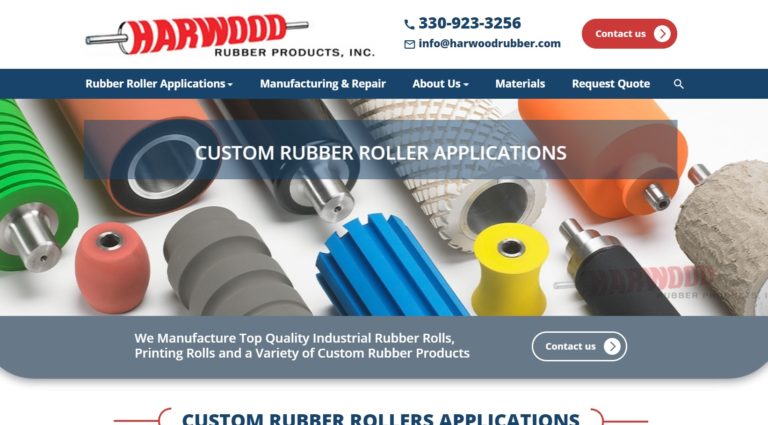
Since 1948, REDCO Rubber Engineering & Development has been manufacturing rubber rollers, idler rolls and conveyor rollers. We serve industries such as computers, printers and paper handling.
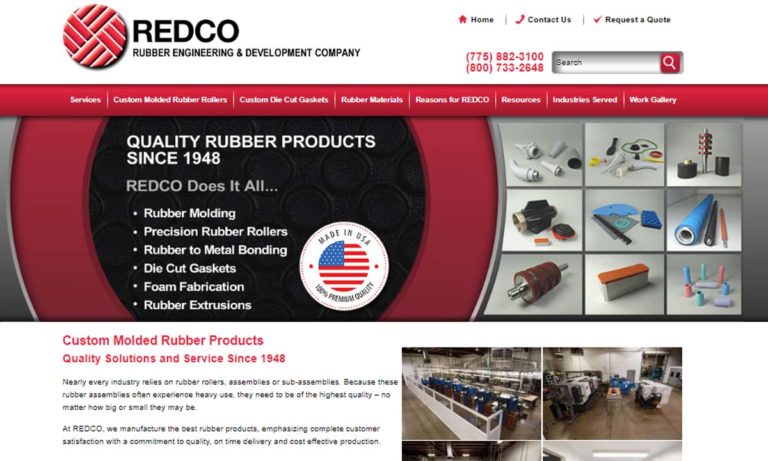
Our guide rollers are made from the highest quality materials in the industry. We take pride in adhering to our company values, like integrity and honesty. As a family owned and operated company, we like to treat customers like our own family. We will always look for the best prices and the prefect solution. Give us a call today to see how we can help you meet your goals!
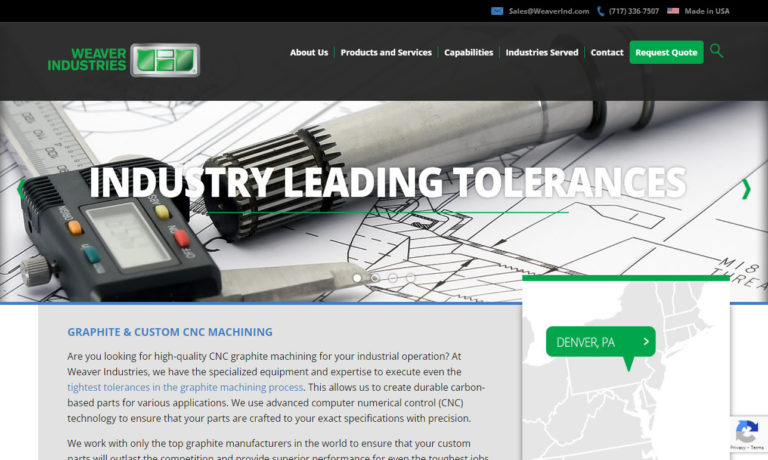
TPC, Inc. is a dedicated and trusted manufacturer of rollers. We manufacture rollers in all shapes, sizes, designs, and colors to meet the needs of our customers and keep their process moving. Our team of experts is dedicated to the production and innovation of our products. As a result, TPC, Inc.’s custom-fit solutions are perfected for customers of all industries.
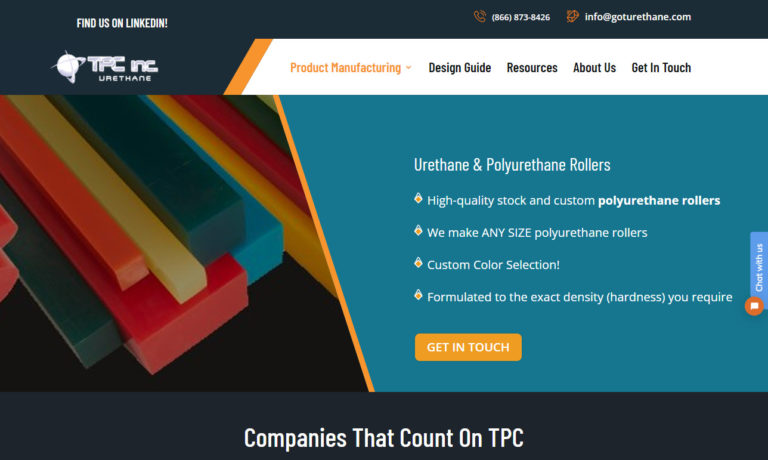
More Roller Manufacturers
Applications
Rubber rollers are essential across diverse industries, valued for their versatile properties. In printing, these rollers are crucial for transferring ink from plates to substrates, ensuring uniform print quality and seamless paper feeding. They also feature prominently in conveyor systems, facilitating the smooth transportation of materials in manufacturing, packaging, and logistics settings. In laminating and coating machines, rubber rollers exert pressure to bond layers and achieve consistent coating on materials such as paper, plastic films, textiles, and metal sheets. Moreover, they play a pivotal role in the textile sector, safeguarding delicate fabrics during dyeing, printing, and finishing processes.
Rubber rollers play indispensable roles across diverse printing and packaging machinery. They are integral to flexographic and gravure printers, facilitating the transfer of ink or coatings onto various packaging materials like labels, corrugated cardboard, and flexible films. In the paper industry, rubber rollers are essential for calendering processes, which enhance the surface of paper for improved printability and quality. Additionally, these versatile rollers serve as industrial components, providing crucial functions such as traction, shock absorption, and vibration dampening in heavy machinery used in printing and metalworking. They are also key components in print finishing equipment such as laminators, varnishing machines, and foiling presses, where they apply protective layers and give a final polish to printed materials.
Rubber rollers play a crucial role in embossing and engraving machines, enabling the crafting of intricate patterns and designs on materials such as paper, leather, and metals. Their versatility, durability, and excellent traction properties make them indispensable in these industrial applications and beyond. They significantly boost efficiency and elevate the quality standards across diverse manufacturing processes.
The History of Rubber Rollers
Before the advent of rubber, rollers were fashioned from materials such as wood and metal. The development of rubber rollers became possible with the discovery of vulcanization by Charles Goodyear in 1840. Goodyear’s breakthrough involved enhancing rubber’s properties by adding sulfur and heating the mixture, making it weather-resistant, chemical-resistant, water-resistant, and elastic.
Following this innovation, engineers during the Industrial Revolution began experimenting with the process. They soon realized that by adding soft or hard rubber to a solid steel shaft, they could perform material nipping (pinching or squeezing) tasks that were not feasible with steel alone. This marked the birth of the rubber roller.
Since the invention of the rubber roller, industries across the board adopted it for various uses. For instance, from the 1920s onward, publishers embraced rubber rollers to smoothly spread adhesive and apply ink onto their printing plates.
Over time, the essential nature of rubber rollers has remained largely unchanged, evolving mainly in the types of rubber used and the breadth of applications. Today, both the materials and potential uses of rubber rollers have expanded exponentially.
Design
Production Process
- Rubber Fabrication
In the manufacturing of standard rubber rollers, the process begins with rubber fabrication, which can be achieved through methods such as plying, extrusion, casting, or die pressing.
Plying involves the calendering process, where rubber is passed between rollers to create calendered rubber sheeting. This process smooths and flattens the rubber as it moves through the rollers. If needed for specific applications, two types of polymers can be layered together during calendering. Once the calendered sheet is prepared, it serves as the rubber covering for a metal core, typically iron, forming the rubber roller. The final sheet can then be polished, glazed, or embossed according to client specifications.
Extrusion stands as the predominant manufacturing technique utilizing an extruder. Through this method, a continuous rubber profile with a consistent cross-sectional shape is formed by forcing rubber through a die. Initially, raw material undergoes heating via a screw mechanism, where pressure and temperature act synergistically to prepare the material. Subsequently, the heated material is extruded through the die. The pivotal stage in this manufacturing process is curing, wherein the rubber product is conditioned in a controlled environment with specific temperature and pressure settings. This curing process imparts structural integrity to the rubber product by eliminating any porosity.
Casting stands as the time-honored method for shaping a variety of materials, spanning from automobile engines to exquisite sculptures. Across different materials, the fundamental principle remains consistent: pouring raw material into a mold and subjecting it to oven heat for curing, thereby setting it into a predetermined form.
In die press rubber fabrication, a hydraulic press and die play pivotal roles. The die shapes the raw rubber while the press applies both pressure and heat to solidify the rubber product. The process commences with filling a metal mold with raw rubber, followed by the hydraulic arm pressing the mold with the die, applying heat and pressure. Unlike extrusion, this method isn’t continuous, making it less efficient in comparison.
- Roller Manufacturing
Rubber rollers are typically crafted through casting or molding methods, though extrusion is also a viable option.
Casting is specifically employed for rubber rollers featuring metallic cores. Here, cores are initially shaped via metal casting techniques such as stamping. Subsequently, they are affixed to a rubber coating using a bonding agent. This agent typically comprises polymer-solvent solutions, followed by a primer coat composed of phenolic-style resins, and finally, a top layer incorporating mixed polymers and diverse materials.
Rubber rollers are shaped through compression molding and injection molding, ideal for creating solid rollers. Another method, extrusion, involves heating selected elastomeric materials and extruding the molten substance through a die equipped with a central pin to form a hollow tube.
- Grooving
Next, we move on to surface grooving. A variety of groove shapes can be applied to rubber surfaces, such as squares, trapezoids, “V” shapes, double-edge saw patterns, half circles, and rounds. Furthermore, these grooves can be implemented on rubber rolls in vertical, horizontal, helical, worm-like, diamond-cut, and screw-threaded orientations.
- Inspection
By the end of this step, we inspect the products for any abnormalities.
Materials
There’s quite a range of elastomeric materials available for manufacturers to choose from. Each material boasts unique strengths and weaknesses, though they generally share resistance to water, wear, specific chemicals, and extreme heat.
Some commonly utilized materials for crafting rubber rollers include EPDM, silicone, nitrile, neoprene, polyurethane, and natural rubber. Meanwhile, metal core rollers typically feature steel, stainless steel, aluminum, or another metal tailored to specific application needs.
Considerations and Customization
When manufacturers design a rubber roll for a specific application, they take into account several critical factors. These include chemical resistance and inertness for handling specific chemicals, meeting standard requirements, determining the necessary length, load capacity, thickness, shape, and tapering. Another crucial consideration is the roller speed. For applications where rollers operate at high speeds under heavy loads, manufacturers often recommend using rubber rolls with a water-cooled core. This helps manage the heat generated during operation, known as hysteresis heat, effectively containing it through water cooling.
Manufacturers offer easy customization of rubber rolls according to your exact specifications. For instance, you can specify unique diameters, lengths, thicknesses, and colors when ordering. Depending on your application, manufacturers can use various rubber types to ensure chemical inertness. They also provide options for specialty finishes, coatings, and custom shaping. To learn more about customization options, engage in a discussion with your potential supplier.
A Note on Load Capacity
A standard rubber roller can handle a maximum load of 100 kilogram-force centimeter (kgf/cm) under linear force. However, the load capacity varies based on factors such as rubber hardness, materials used, rotation speed, rubber thickness, temperature range, core type, and construction. It’s important to verify the load capacity of the rubber roller during installation. If necessary, manufacturers can design rollers with load capacities exceeding 100 kgf/cm. Consult your manufacturer to determine if your specific requirements fall within this range.
Features
Rubber rollers possess several shared characteristics that enhance their efficacy across diverse applications. Chief among these is their outer rubber covering, crucial for direct interaction with processed or conveyed materials. Crafted from premium rubber compounds tailored to specific application needs, this outer layer varies in properties such as hardness, elasticity, chemical resistance, and temperature tolerance. Integral to their function, the rubber outer covering facilitates optimal traction and grip, crucial for preventing slippage and ensuring seamless material transfer processes.
The metal core serves as a crucial component, imparting structural support and stability to the rubber roll. Typically crafted from robust materials such as steel or aluminum, it ensures resilience and endurance against operational strains. Its design can vary based on the specific application, encompassing differences in diameter, thickness, and internal configuration.
Moreover, numerous adaptations and personalized configurations of these attributes are available to meet specific requirements. Various sectors and uses may demand bespoke rubber formulations for their exteriors, designed to manage distinct materials or conditions. For example, within the printing sector, roller exteriors are often engineered to ensure optimal ink transfer and withstand chemical wear from printing inks. Conversely, in the paper industry, rubber rolls might feature softer exteriors to prevent harm to delicate paper during processing.
The metal core can also undergo modifications tailored to specific needs. In heavy-duty applications, a strengthened metal core might be employed to manage increased loads and prevent deformation. Additionally, specialized coatings can sometimes be applied to the metal core to improve corrosion resistance or minimize friction with the rubber outer covering.
Rubber rollers excel across diverse industrial settings due to their unique combination of a rubber outer covering and a metal core. This design enhances traction, durability, and reliability, crucial for various applications. Customizable features further bolster their versatility, allowing rubber rolls to meet specific industrial demands with precision.
Types
Printing rollers, known as ink rollers, distribute ink onto paper and various surfaces. These rollers can either store ink internally or feature engraved patterns for controlled ink transfer.
Laminating rollers, crafted from heat-resistant materials such as silicone rubber, are heated to temperatures reaching 500°F. They efficiently laminate materials, catering to both small-scale and large-scale applications.
Drive rollers, those rubber rollers that are focused on movement, find frequent application in converters and web machines. They function by utilizing integral shafts equipped with keyways that serve as gears.
Guide rollers, also known as idler rollers, offer support to various roller systems such as conveyors, yet they themselves do not engage in movement.
Grooved rollers derive their name from their distinctive pattern, typically featuring spirals, Us, or Vs. These rollers are integral components of moving systems, notably belt-driven conveyors.
Conveyor rolls, also known as conveyor rollers, are designed to move or convey materials effortlessly.
Live shaft rollers are engineered to endure challenging environments and heavy loads, featuring external bearings that allow both the roller shaft and roller to rotate.
Dead shaft rollers incorporate internal bearings positioned similarly to those of a spinning roller that revolves around a stationary shaft.
Cleaning rollers have a specific role in eliminating dirt, dust, and other contaminants from various surfaces, tailored meticulously to each surface type they address.
Spreader rollers, often crafted with specialized groove patterns such as herringbone, spiral, circumferential, and lateral-fluted designs, find widespread use in machinery for web spreading and similar applications. These rollers play a crucial role in stretching and evenly spreading the web to prevent and eliminate wrinkles, particularly in web spreading machinery.
Stinger rollers, in the end, resemble dead shaft rollers in configuration, yet they are purpose-built for marine applications.
Urethane rollers, also referred to as polyurethane rollers, are crafted from a synthetic material known as polyurethane. They are cost-effective to manufacture and boast numerous exceptional qualities, such as shock resistance, moldability, durability, elasticity, and strength. Ideal for applications in data storage, packaging, assembly, printing, material handling, measurement systems, and office equipment, urethane rollers excel across diverse industrial uses.
EPDM rollers exhibit heat resistance, corrosion resistance, and weather resistance, making them highly versatile. However, they are less durable when exposed to petroleum products.
Industrial rubber rollers serve a crucial role in various industrial settings, finding application in manufacturing machines such as stamping presses, conveyor systems, bending machines, printing presses, and similar equipment. These rollers encompass a wide range of types, all designed to meet the demanding requirements of industrial operations.
Advantages of Rubber Rollers
Rubber rollers are favored over metals in many roller applications due to several advantages. A notable benefit lies in their superior traction and grip on processed or conveyed materials. This feature is especially critical in industries such as material handling and printing, where secure adherence to substrates or conveyed materials ensures operations run smoothly and efficiently. In contrast, metal rollers often lack the same level of traction and are more susceptible to slippage problems.
Rubber’s natural elasticity enables these rollers to absorb impact and vibrations effectively, making them perfect for precision-driven applications that demand material integrity. Whether in printing presses or machinery handling delicate materials, rubber rollers reduce the risk of damage from excessive impact or vibration. Moreover, they operate with significantly less noise than metal rollers, promoting a quieter work environment crucial for noise-sensitive industries.
Rubber rollers offer another advantage due to their non-marring nature, reducing the risk of leaving marks or scratches on delicate materials. This quality makes them ideal for tasks involving sensitive surfaces such as paper, textiles, and specific films. Additionally, manufacturers can create rubber rollers using specialized rubber compounds known for exceptional chemical resistance. This feature renders them suitable for applications exposed to chemicals, oils, and solvents that could otherwise damage or deteriorate metal rollers.
They offer significant advantages in terms of customization. Their rubber outer covering can be tailored in terms of hardness, elasticity, and surface finish to match various materials and processing conditions. This versatility enables rubber rollers to meet diverse requirements across a wide array of industries and applications.
Rubber rollers, celebrated for their distinct properties, offer significant advantages over metal counterparts. Their resilience and specialized attributes not only enhance performance and minimize damage but also boost operational efficiency. This versatility has made rubber rollers the preferred choice across a spectrum of industries including printing, packaging, material handling, textiles, and more.
Proper Care for Rubber Rollers
Rubber rollers, akin to all components, possess their constraints and should be employed in accordance with guidelines. To discover effective methods for prolonging the operational lifespan of your rubber rollers, peruse the following recommendations.
Temperature Regulation
High temperatures pose a threat to rubber, regardless of the type used in roller manufacturing. Thus, it’s advisable to prevent rapid heating during the use of rubber rollers. Rapid heating should be avoided because the bonding adhesive typically has even lower heat resistance than the rubber itself. If your application requires operation at high temperatures, we suggest maintaining roller temperatures within the operating range by implementing water cooling.
Storage
To prevent damage, it’s important to store rubber rollers correctly. When storing them, ensure to hold them by the shafts and keep them upright to avoid exposing the rubber to other materials. Additionally, because rubber is susceptible to UV light damage, it’s advisable to store your rollers in a cool, dark environment.
Maintenance Checks
During routine maintenance inspections, it’s crucial to focus on several roller components. These encompass ball bearings, axles, and gears. Be vigilant for signs such as worn-out ball bearings, misaligned axles, overloaded or faulty gears, unbalanced rollers, and deflected rollers.
Standards
Rubber rollers must adhere to various standard specifications based on their intended use. For instance, in rubber machinery such as extruders, any rubber roller you acquire typically conforms to ISO standards for rubber products. Moreover, most rubber rollers are assessed according to ASTM International’s rubber hardness scale, which aids in verifying if the roller aligns with your specific needs.
Things to Consider
If you seek high-quality precision rubber rollers, choosing the right manufacturer is crucial. While numerous companies vie for your business, only a select few have established their expertise in this field. Below, we’ve compiled a list of such reputable rubber roller manufacturers. Before diving in, we suggest preparing a detailed list of specifications. Include key factors such as budget, deadline, delivery preferences, and customer support needs. Armed with this information, you can confidently explore your options.
As you peruse the companies listed, consistently cross-check your specifications for compatibility. Select three or four suppliers you wish to contact directly, and reach out to each for a quote. Once you’ve had these conversations, compare and contrast the suppliers. Decide on the company you trust to provide the utmost integrity and deliver superior products. Best of luck!
Roller Manufacturers Informational Video


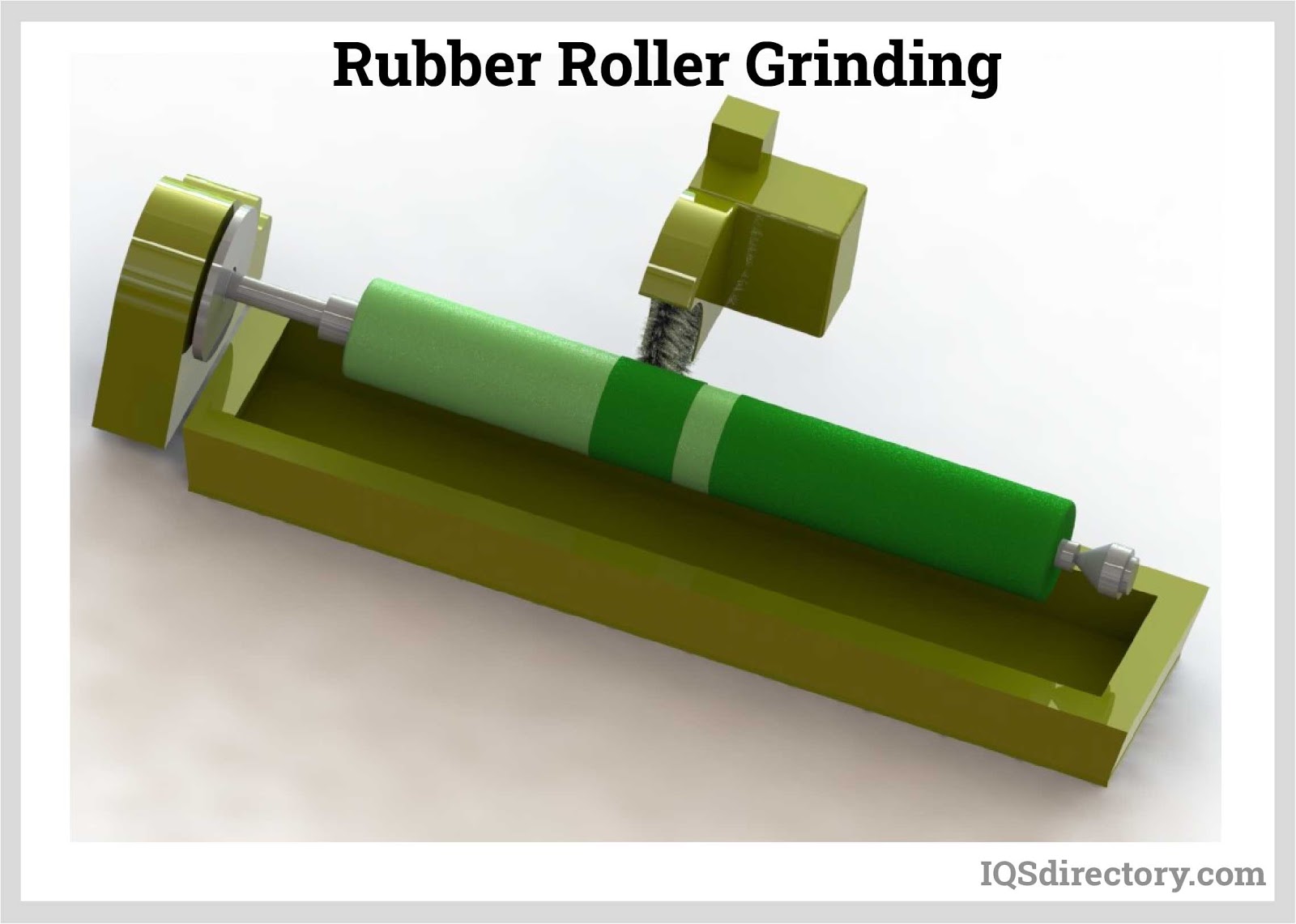
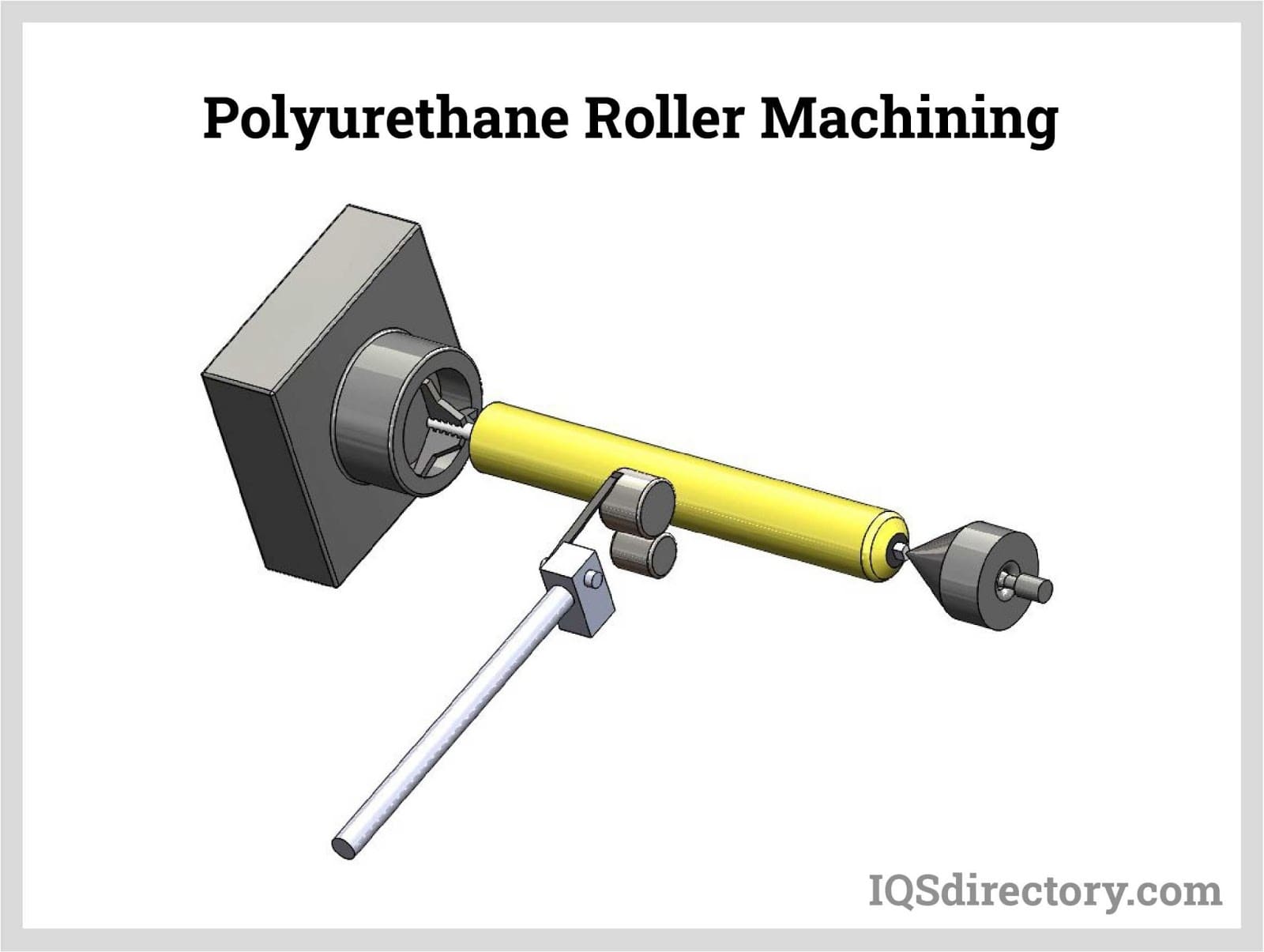
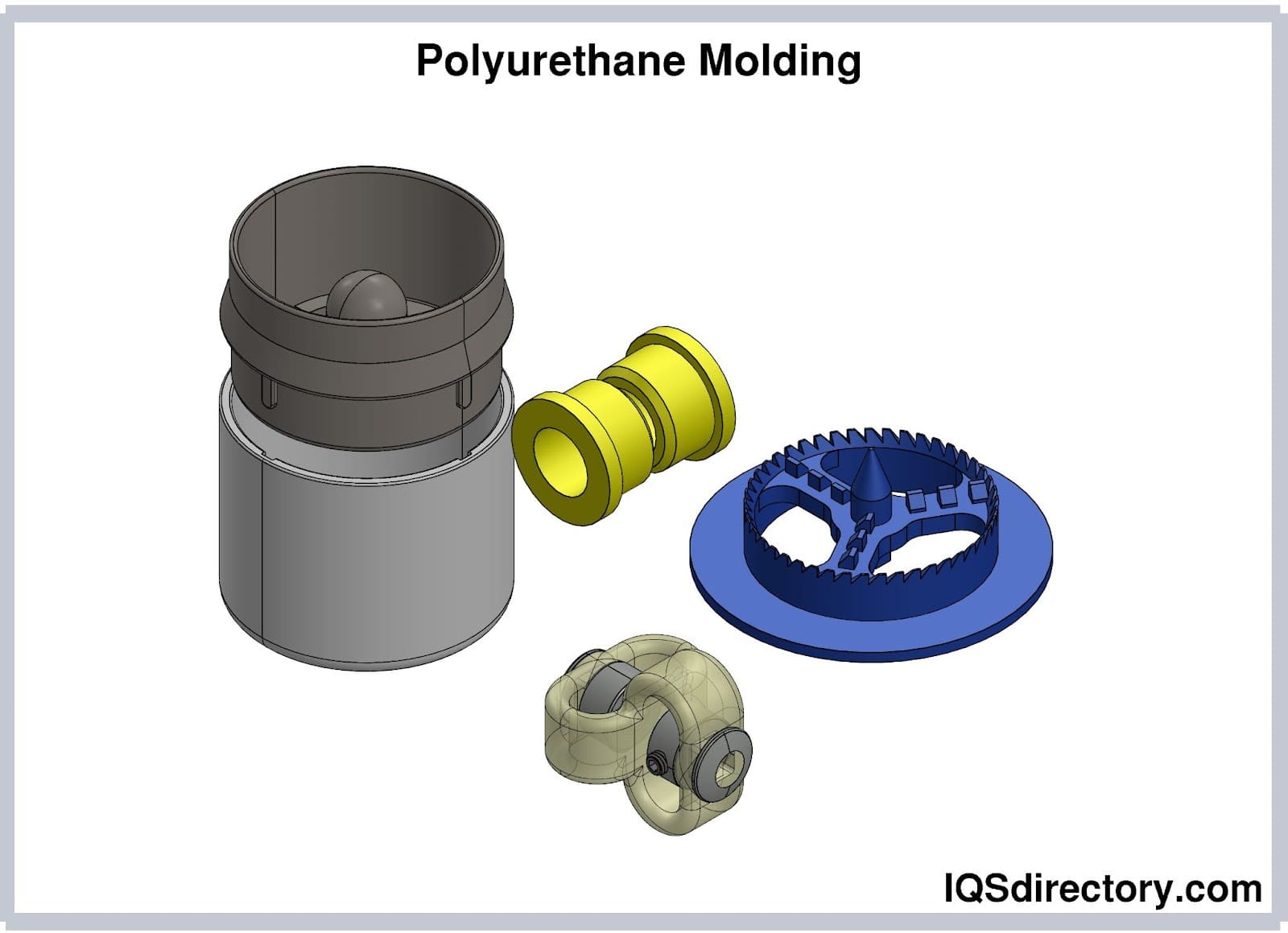
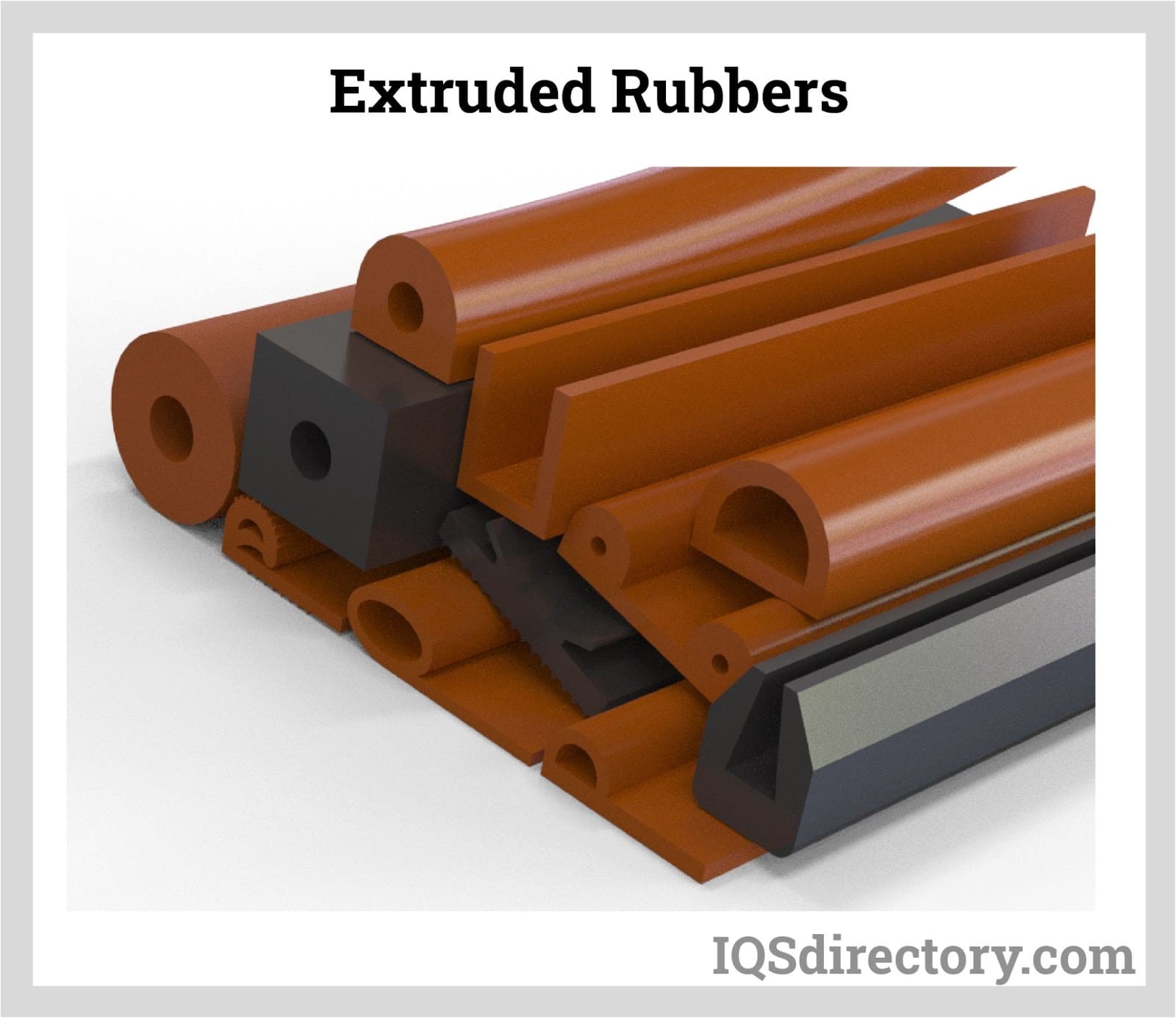
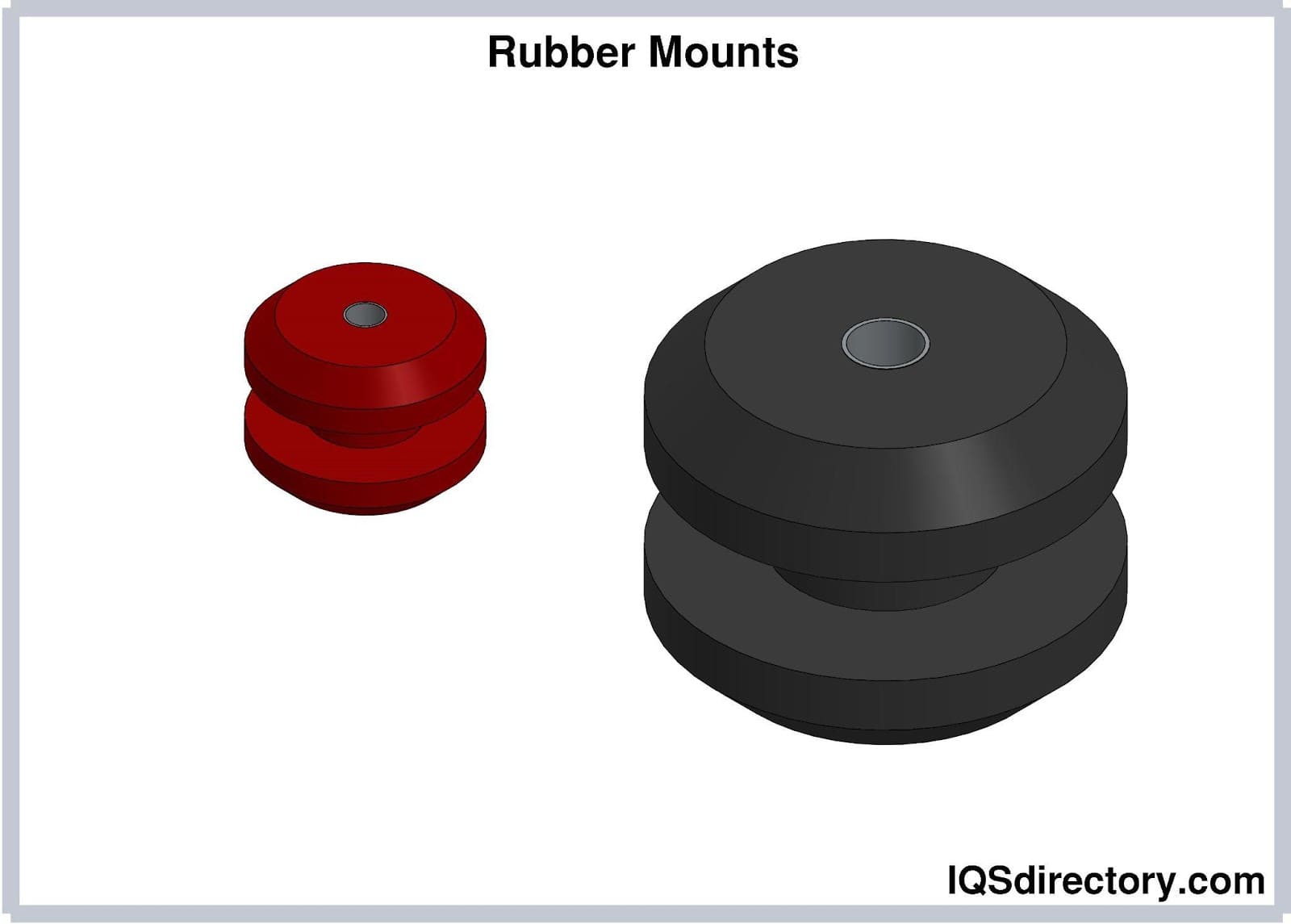
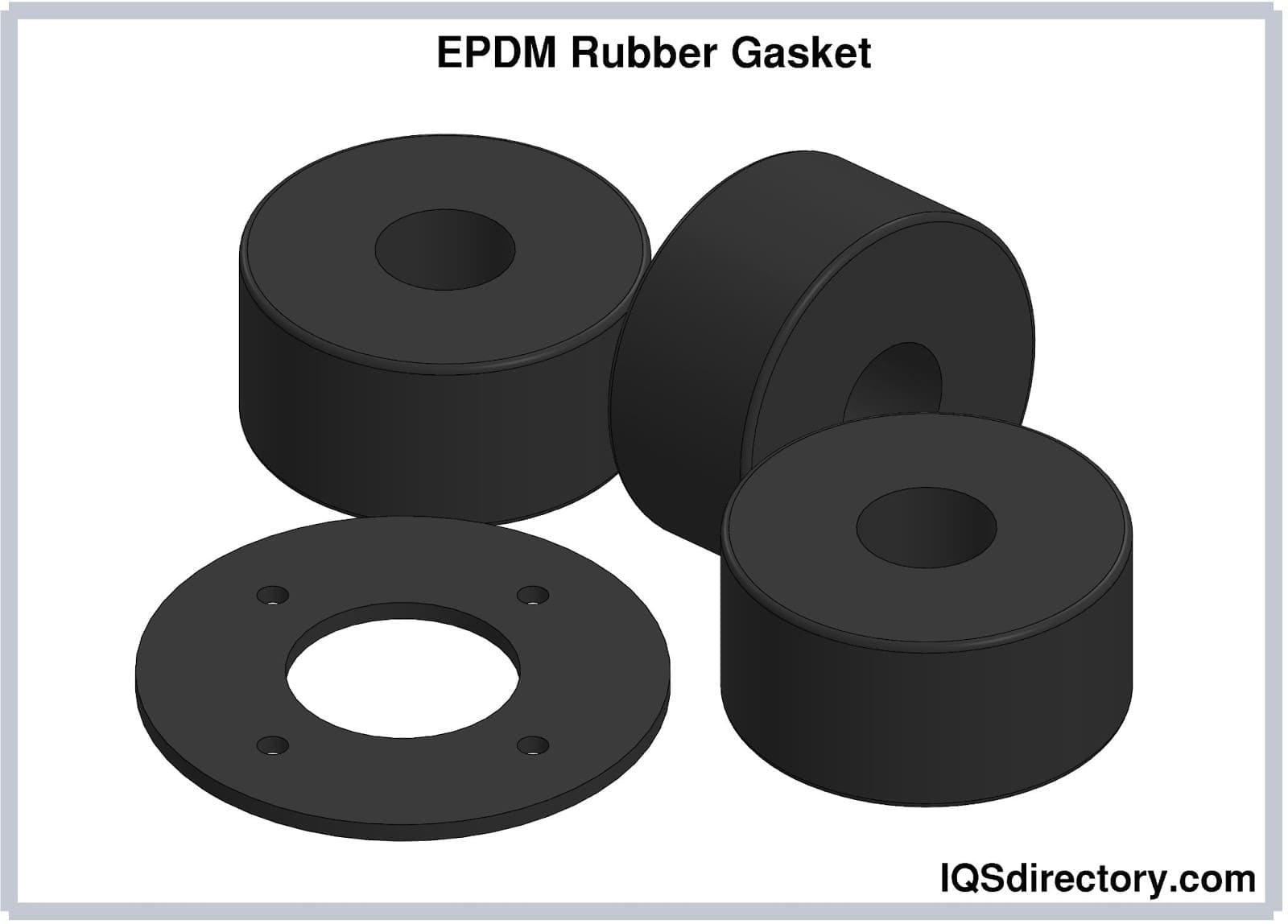
 Rubber Extrusions
Rubber Extrusions Rubber Molding
Rubber Molding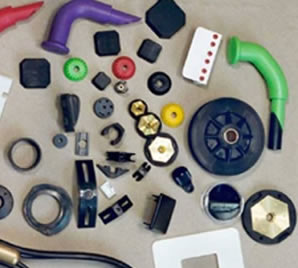 Rubber to Metal Bonding
Rubber to Metal Bonding Rubber Tubing
Rubber Tubing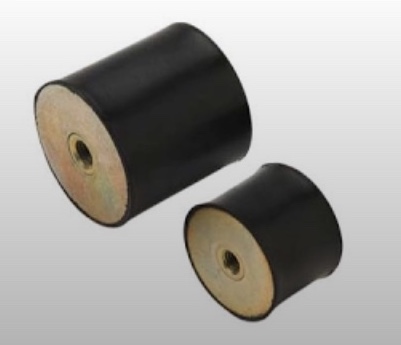 Vibration Absorbers
Vibration Absorbers Castings & Forgings
Castings & Forgings Bulk Material Handling
Bulk Material Handling Electrical & Electronic Components
Electrical & Electronic Components Flow Instrumentation
Flow Instrumentation Hardware
Hardware Material Handling Equipment
Material Handling Equipment Metal Cutting Services
Metal Cutting Services Metal Forming Services
Metal Forming Services Metal Suppliers
Metal Suppliers Motion Control Products
Motion Control Products Plant & Facility Equipment
Plant & Facility Equipment Plant & Facility Supplies
Plant & Facility Supplies Plastic Molding Processes
Plastic Molding Processes Pumps & Valves
Pumps & Valves Recycling Equipment
Recycling Equipment Rubber Products & Services
Rubber Products & Services